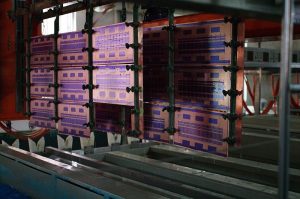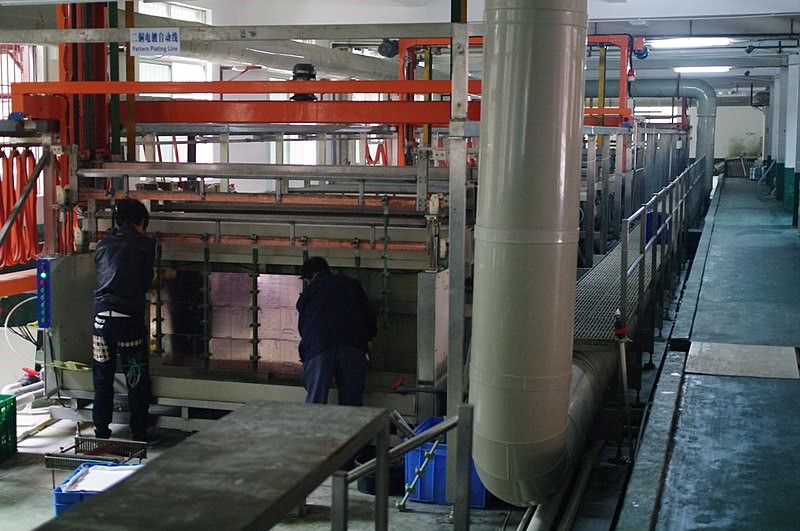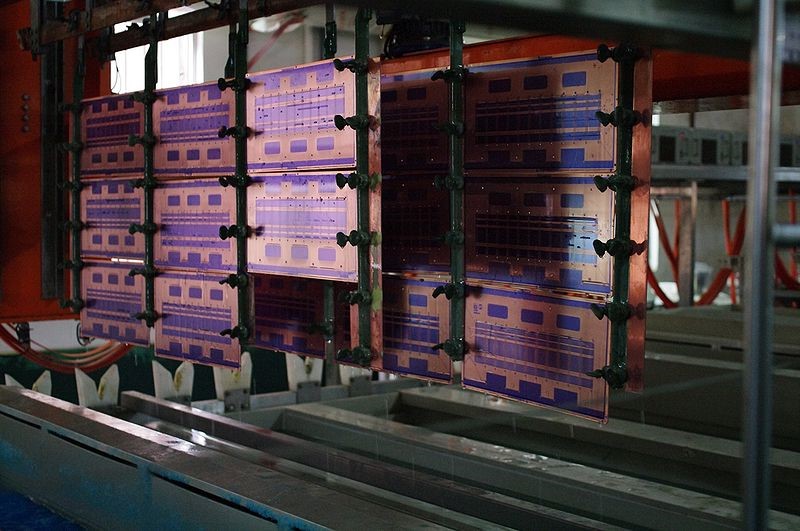
A beginner’s guide to electroplating
Electroplating, a common process used to create a range of surface finishes, dates back to the 19th century. Electroplating has evolved since then, of course, and is now common in a wide range of applications.
What is electroplating?
Electroplating involves using an electric current to deposit a thin layer of metal on a suitable substrate. The current passes through two electrodes dipped in an electrolyte solution and connected to a power source. When the electricity flows, the metal atoms from the electrolyte settle on one of the electrodes to form a thin coating.
How does the electroplating process work?
Successful electroplating depends on the chemical reaction you want to occur. This will dictate the type of electrodes used; for example, you would require a brass electrode, a copper electrode and a copper sulphate solution to copper plate brass.
The electrodes are dipped in the electrolyte solution. The copper electrode becomes the positive anode and the brass electrode becomes the negatively charged cathode. When the power is switched on, the electrolyte solution splits into ions and the positively charged copper ions are attracted to the negatively charged brass cathode and start to leave a thin layer of copper.
Other surface treatments from specialists such as https://www.poeton.co.uk/treatments will produce different results. There are several other factors that can impact the overall result of the electroplating process, including:
– Distance between the cathode and the anode.
– Composition and temperature of the electrolyte bath.
– Voltage level of the electrical current and length of time applied.
The uses of electroplating
Not only does electroplating improve the appearance of a cheaper substrate but also it improves resistance to corrosion by acting as a protective layer to the base material. Individual metals such as copper can be used in addition to alloys, which bring different qualities to the finished piece.
Metals such as silver and gold are used for decorative purposes, while other common uses of electroplating include:
– Preparing surfaces for painting or coating.
– Building thickness.
– Increasing wear resistance.
– Reducing friction and protecting against abrasions.
– Improving conductivity and surface uniformity.
Food containers, car trims and cutlery are some of the diverse products that can be electroplated.


Leave a reply